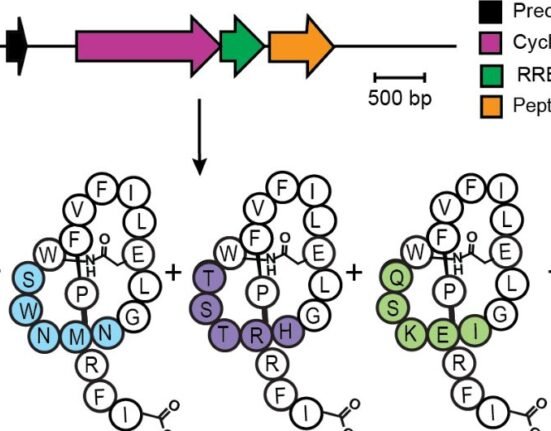HQ Team
June 3, 2025: Definitive evidence has emerged from a global colon cancer trial that people who follow a structured exercise programme after surgery and chemotherapy have better odds of survival and lower risk of cancer coming back.
Earlier studies exploring exercise’s effect on cancer outcomes have been observational — researchers simply followed patients over time, to see if exercise is associated with improved survival.
Such studies have fundamental flaws, according to a statement from the Canadian Cancer Trials Group, which was one of the participants in the study.
“Our study shows that exercise is no longer just a quality-of-life intervention for cancer patients that can be offered when and where possible. It is a treatment for colon cancer that must be made available to all patients,” says Kerry Courneya, Canada Research Chair in Physical Activity and Cancer, who was co-lead on the Group’s CO.21 trial.
The end-stage trial is “the definitive test of whether or not something improves a health outcome,” says Courneya, who is also a member of the Cancer Research Institute of Northern Alberta.
‘Best evidence we have’
The study concentrated on people who underwent surgery and chemotherapy treatment for colon cancer and found that exercise lowers the risk of their cancer coming back.
“It’s the same study design they use to test new drugs for cancer. It’s the absolute best evidence we have that a treatment works,” said Courneya.
Between 2009 and 2024, 889 patients with end-stage or high-risk colon cancer were enrolled in the trial.
After undergoing surgery and completing their chemotherapy, half of the patients were randomly assigned to participate in a structured exercise program involving moderate-intensity aerobic activities like walking, biking or exercising on an elliptical.
The other half were given the standard care, which involved receiving educational materials promoting physical activity and healthy eating.
Structured exercise group
Both groups were given the same follow-up care and ongoing cancer surveillance.
“Much to our excitement, we showed that the patients randomised to the exercise group had improved disease-free survival, which includes lower risk of recurrence of the cancer, lower risk of a new secondary cancer, and a lower risk of death,” said Courneya.
Five years on, patients in the structured exercise group had an 80% disease-free survival rate, compared with 74% in the health education materials group. They had a 28% lower risk of recurrence or new cancers.
At eight years, patients in the exercise group had a 37% lower risk of death, with a 90% overall survival rate compared to 83% in the health education group.
“Recommending exercise to cancer patients is no more helpful than recommending chemotherapy. We must provide patients with the support they need to complete the exercise programs we recommend,” Courneya said.
Those in the structured exercise program group met with a physical activity consultant — typically a kinesiologist or physiotherapist — twice monthly in the initial 12 months, and then monthly over the next two years.
‘Behaviour change principles’
“The structured exercise program was designed based on key behaviour change principles. It didn’t just instruct participants on what to do. It helped them understand how to realistically incorporate it into their lives using evidence-based strategies and built-in accountability,” says Fernanda Arthuso, a postdoctoral fellow in the Exercise Oncology Research Laboratory that Courneya leads.
Colorectal cancer is the second leading cause of cancer-related deaths worldwide.
The researchers plan to analyse blood samples from the trial participants to begin identifying some of the mechanisms contributing to the exercise intervention’s efficacy.
“We’ll be able to look at whether the exercise intervention caused changes in things like insulin, natural killer cell activity and T-cell activity,” Courneya said.
Structured exercise must be an integral part of cancer care, he said. “Most cancer centres are set up to deliver drugs like immunotherapy or chemotherapy, and to deliver radiotherapy. They’re not set up to deliver these lifestyle interventions.”
It is tough to generalise as to whether a structured exercise program would be just as beneficial for patients with other types or stages of cancer, he said.








